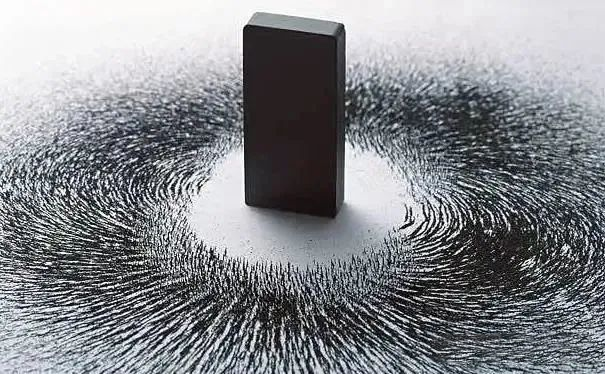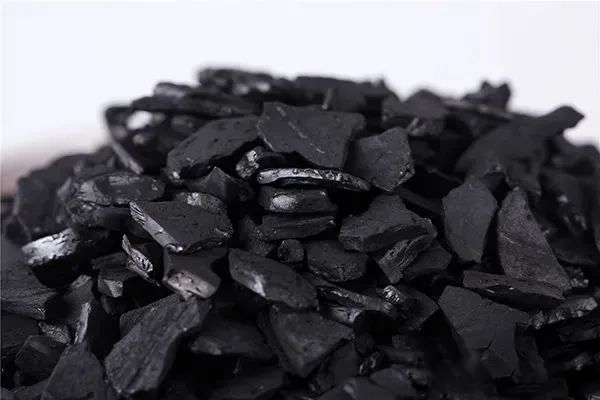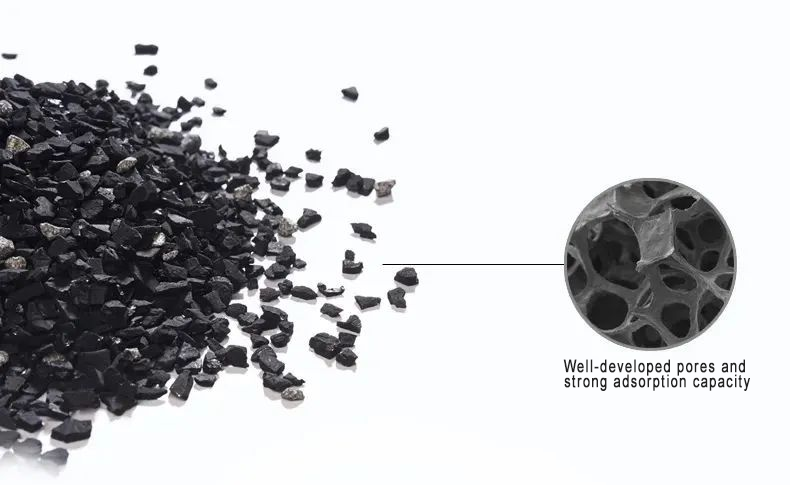Welcome to our website for product information and consultation.
Our website: https://www.vet-china.com/
This paper analyzes the current activated carbon market, conducts an in-depth analysis of the raw materials of activated carbon, introduces the pore structure characterization methods, production methods, influencing factors and application progress of activated carbon, and reviews the research results of activated carbon pore structure optimization technology, aiming to promote activated carbon to play a greater role in the application of green and low-carbon technologies.
Preparation of activated carbon
Generally speaking, the preparation of activated carbon is divided into two stages: carbonization and activation
Carbonization process
Carbonization refers to the process of heating the raw coal at high temperature under the protection of inert gas to decompose its volatile matter and obtain intermediate carbonized products. The carbonization can achieve the expected goal by adjusting the process parameters. Studies have shown that activation temperature is a key process parameter affecting the carbonization properties. Jie Qiang et al. studied the effect of carbonization heating rate on the performance of activated carbon in a muffle furnace and found that a lower rate helps to improve the yield of carbonized materials and produce high-quality materials.
Activation process
Carbonization can make the raw materials form a microcrystalline structure similar to graphite and generate a primary pore structure. However, these pores are disordered or blocked and closed by other substances, resulting in a small specific surface area and requiring further activation. Activation is the process of further enriching the pore structure of the carbonized product, which is mainly carried out through the chemical reaction between the activator and the raw material: it can promote the formation of porous microcrystalline structure.
Activation mainly goes through three stages in the process of enriching the pores of the material:
(1) Opening the original closed pores (through pores);
(2) Enlarging the original pores (pore expansion);
(3) Forming new pores (pore creation);
These three effects are not carried out alone, but occur simultaneously and synergistically. Generally speaking, through pores and pore creation are conducive to increasing the number of pores, especially micropores, which is beneficial for the preparation of porous materials with high porosity and large specific surface area, while excessive pore expansion will cause the pores to merge and connect, converting micropores into larger pores. Therefore, in order to obtain activated carbon materials with developed pores and large specific surface area, it is necessary to avoid excessive activation. Commonly used activated carbon activation methods include chemical method, physical method and physicochemical method.
Chemical activation method
Chemical activation method refers to a method of adding chemical reagents to the raw materials, and then heating them by introducing protective gases such as N2 and Ar in a heating furnace to carbonize and activate them at the same time. Commonly used activators are generally NaOH, KOH and H3P04. The chemical activation method has the advantages of low activation temperature and high yield, but it also has problems such as large corrosion, difficulty in removing surface reagents and serious environmental pollution.
Physical activation method
Physical activation method refers to carbonizing the raw materials directly in the furnace, and then reacting with gases such as CO2 and H20 introduced at high temperature to achieve the purpose of increasing pores and expanding pores, but the physical activation method has poor controllability of the pore structure. Among them, CO2 is widely used in the preparation of activated carbon because it is clean, easy to obtain and low cost. Use carbonized coconut shell as raw material and activated it with CO2 to prepare activated carbon with developed micropores, with a specific surface area and total pore volume of 1653m2·g-1 and 0.1045cm3·g-1, respectively. The performance reached the use standard of activated carbon for double-layer capacitors.
Activate loquat stone with CO2 to prepare super activated carbon, after activation at 1100℃ for 30 minutes, the specific surface area and total pore volume reached up to 3500m2·g-1 and 1.84cm3·g-1, respectively. Use CO2 to perform secondary activation on commercial coconut shell activated carbon. After activation, the micropores of the finished product were narrowed, the micropore volume increased from 0.21 cm3·g-1 to 0.27 cm3·g-1, the specific surface area increased from 627.22 m2·g-1 to 822.71 m2·g-1, and the adsorption capacity of phenol was increased by 23.77%.
Other scholars have studied the main control factors of the CO2 activation process. Mohammad et al. [21] found that temperature is the main influencing factor when CO2 is used to activate rubber sawdust. The specific surface area, pore volume and microporosity of the finished product first increased and then decreased with increasing temperature. Cheng Song et al. [22] used response surface methodology to analyze the CO2 activation process of macadamia nut shells. The results showed that activation temperature and activation time have the greatest influence on the development of activated carbon micropores.
Post time: Aug-27-2024



